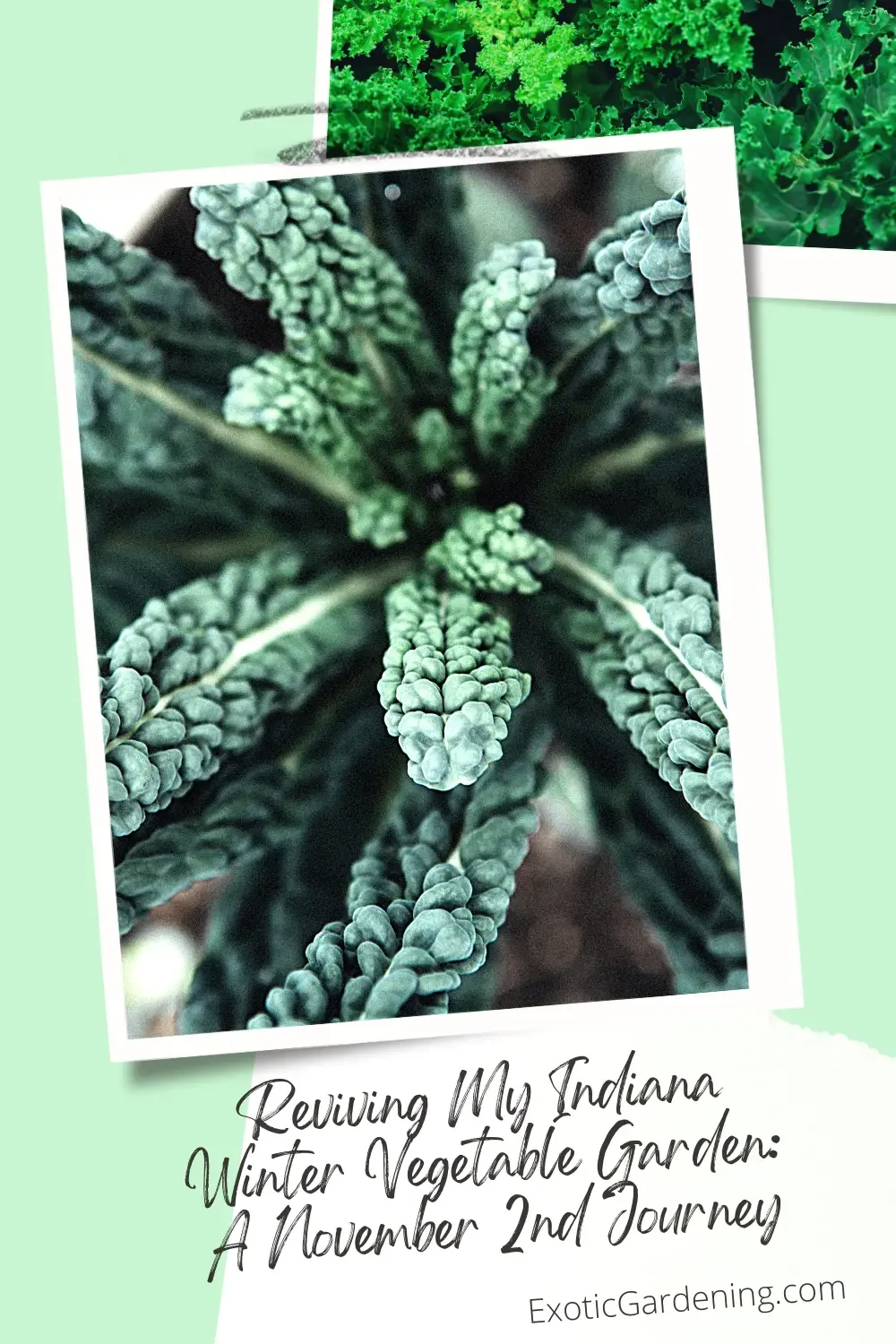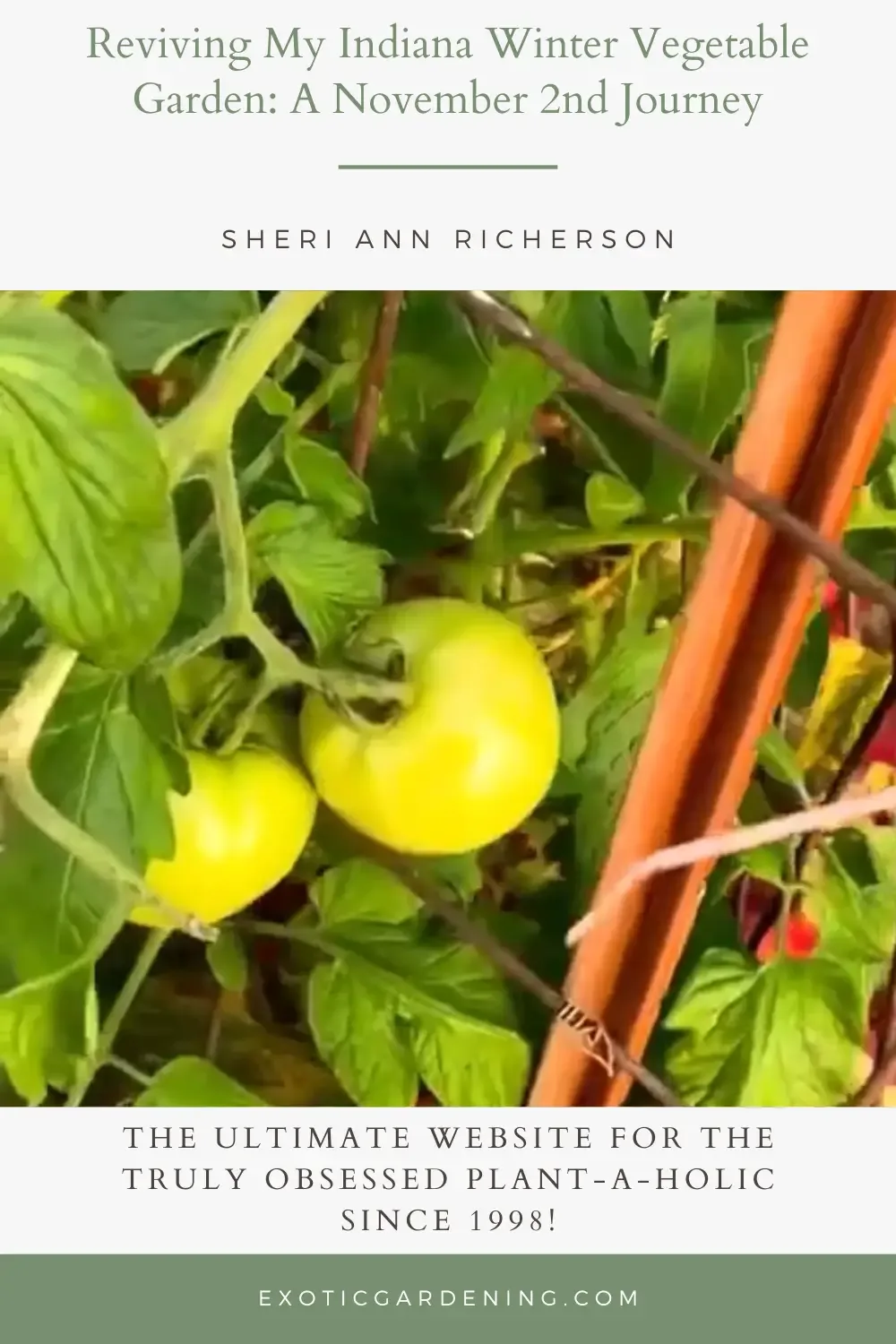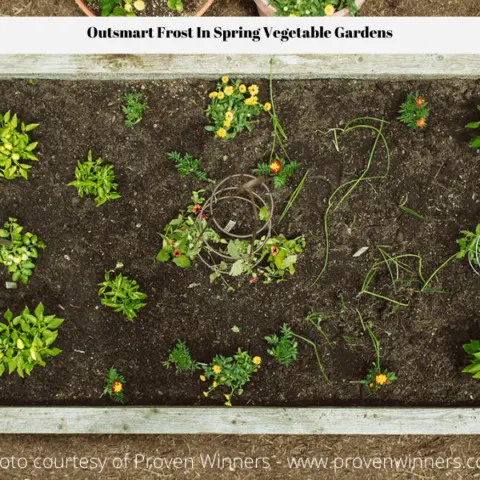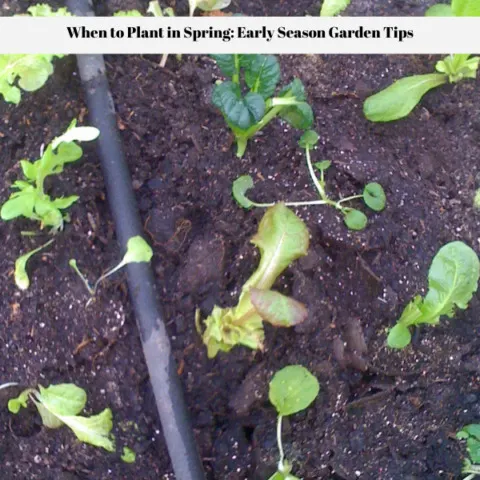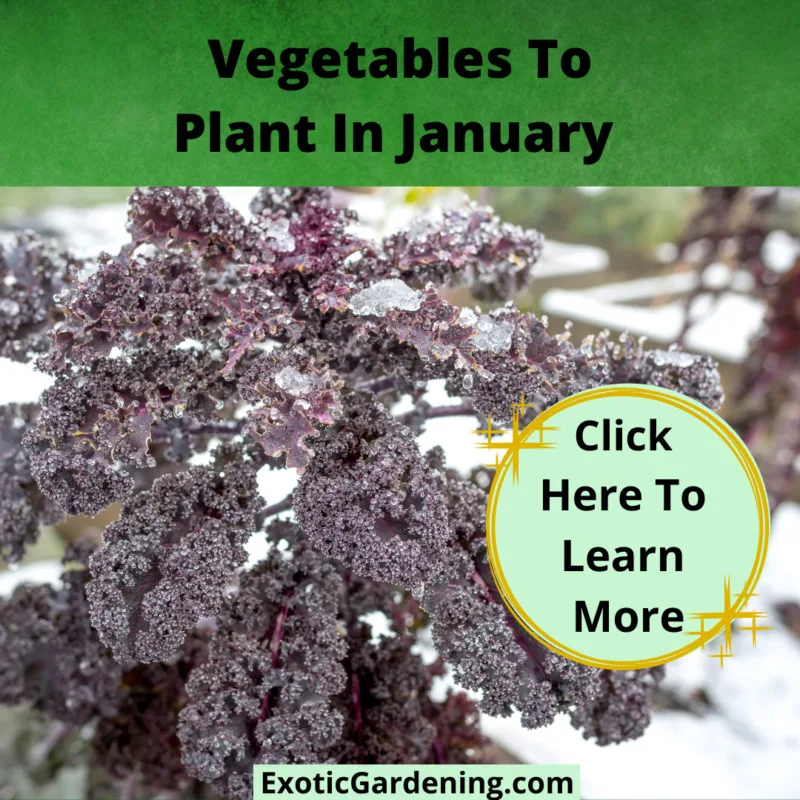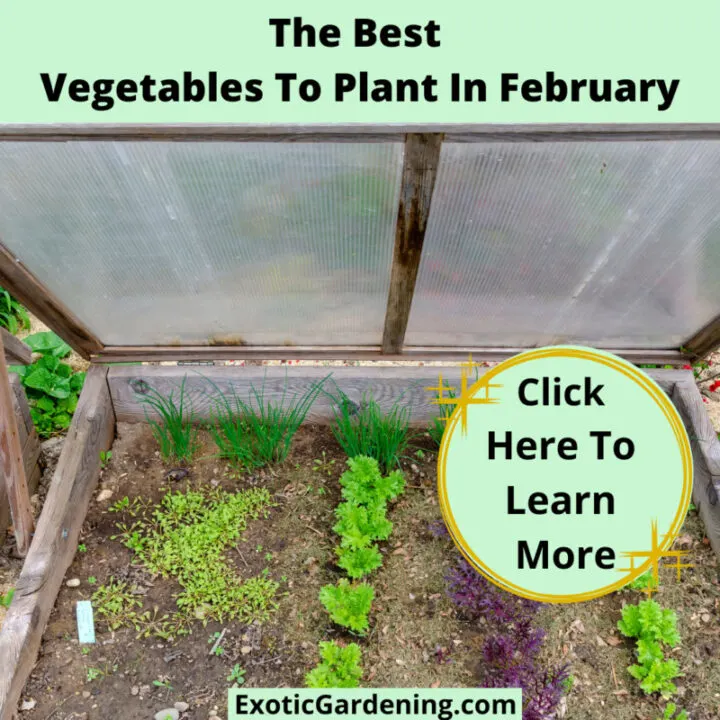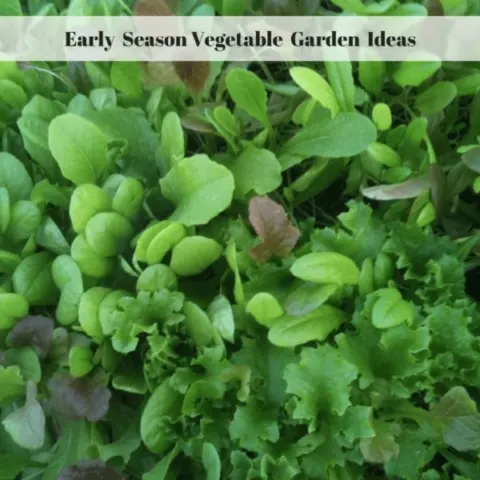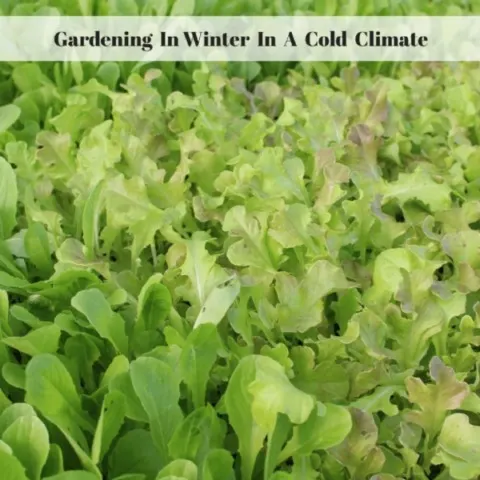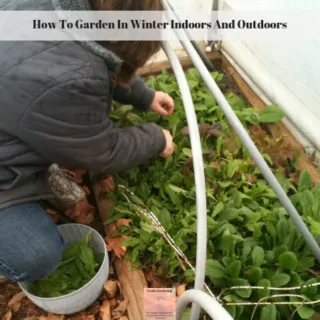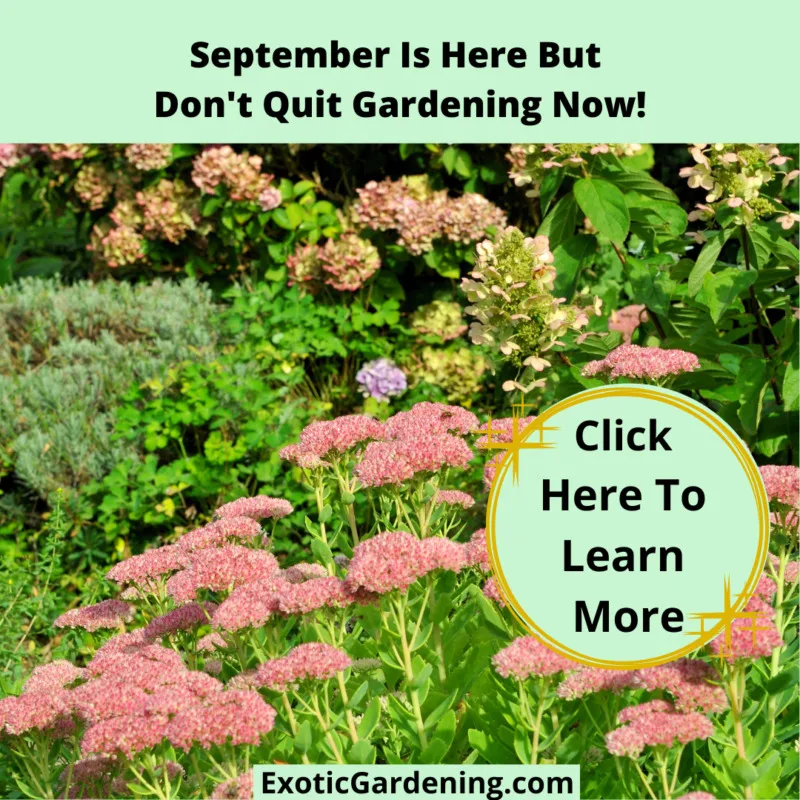I invite you to step into my Indiana garden on November 2nd as we explore the resilience of winter vegetables in my hoop house., to a closer look at my Indiana winter vegetable garden, where every day brings new discoveries and challenges.
As we stroll through my hoop house on this brisk November 2nd, we'll delve deeper into the triumphs and tribulations of my gardening adventure.
In this article, I will share my experiences and lessons learned as I revive my winter vegetable garden in Indiana.
From the unforeseen hurdles that I encountered to the resilient surprises that kept me going, I will take you on a visual tour inside my hoop house.
Along the way, I will also discuss the power of diatomaceous earth and how it has helped me take action against pests.
Gardening is not just a hobby for me; it's a way of life. It brings me joy, peace, and a sense of accomplishment.
However, like any journey, there are ups and downs.
Last year, I faced unexpected loss and personal struggles that hindered my ability to care for my garden.
But this year, I am determined to overcome those challenges and create a thriving winter vegetable garden.
So, join me on this journey as I share my successes, failures, and everything in between.
Together, we will explore the beauty and resilience of nature, and hopefully, inspire and encourage each other along the way.
Let's get started on this November 2nd adventure in my Indiana winter vegetable garden.
Unexpected Loss and Gardening Setbacks
Usually, by this time of the year, I would have already kickstarted the growth of my fall and winter vegetables from seeds safely cocooned within the protective confines of my hoop house.
But life took an unexpected turn with the untimely loss of my husband Jerry, which sent me reeling emotionally.
Coping with that upheaval left me grappling with a dearth of motivation and energy to tend to my beloved garden.
As the spring arrived, I had indeed planted a variety of vegetables, but personal struggles, primarily rooted in my anxiety, hindered my ability to care for them as they deserved.
The result was a pest issue that took root.
Neglected and untouched, these plants received no more than the blessings of rainfall and the residual goodness from the organic compost added last fall.
Despite my best intentions, the garden became a reflection of my emotional state.
Weeds overtook the beds, and pests feasted on the vulnerable plants.
It was disheartening to witness the decline of what could have been a thriving garden.
But I knew that dwelling on the past would not bring back what was lost.
It was time to face the challenges head-on and revive my winter vegetable garden.
Reflecting on the setbacks, I realized that my garden was not just a physical space but also a reflection of my inner world.
It mirrored the struggles I faced and the neglect I allowed to seep into my life.
But just as nature has its way of bouncing back, so did I.
I found solace and strength in the resilience of the plants that had managed to survive despite the odds stacked against them.
As I stood amidst the overgrown beds, I made a promise to myself and to Jerry's memory.
I would honor his love for gardening by reclaiming the beauty and abundance that once thrived in this space.
It was time to roll up my sleeves, face the challenges, and breathe life back into my neglected garden.
A Resilient Surprise - The Unwatered Triumph
Amidst the apparent adversity, it's remarkable to witness how these hardy plants have flourished with minimal care.
No watering, no additional fertilizers, just the memory of the organic compost from the previous year.
Despite everything, they've stood tall, a testament to nature's remarkable resilience.
As I surveyed the neglected garden beds, I couldn't help but marvel at the sight before me.
The once feeble and vulnerable plants had transformed into robust and thriving specimens.
It was as if they had tapped into an inner strength, defying the odds and flourishing against all expectations.
The absence of regular watering had forced these plants to adapt and become more resilient.
Their roots had delved deeper into the soil, seeking out moisture and nutrients from the depths below.
They had learned to conserve water, prioritizing their survival over rapid growth.
It was a lesson in resilience that I would never forget.
The organic compost from the previous year had also played a significant role in their triumph.
The rich nutrients and beneficial microorganisms present in the compost had continued to nourish the soil, providing a steady supply of essential elements for the plants' growth.
It was a reminder of the importance of building a strong foundation and investing in the health of the soil.
But perhaps the most astonishing aspect of their resilience was their ability to fend off pests and diseases.
Despite the neglect and lack of intervention, these plants had developed a natural defense mechanism, warding off potential threats.
It was a testament to the power of nature and the intricate web of interactions that exist within an ecosystem.
As I observed the thriving garden, I couldn't help but draw parallels to my own life.
Just like these neglected plants, I had faced my fair share of challenges and setbacks.
But witnessing their resilience had inspired me to tap into my own inner strength and overcome the obstacles that life had thrown my way.
Through the resilience of these neglected plants, I learned that even in the face of neglect and adversity, there is always hope for renewal and growth.
Nature has a way of bouncing back, and so do we.
It's a lesson that I carry with me as I continue to nurture and revive my winter vegetable garden, one step at a time.
A Visual Tour - Inside My Hoop House
Now, let's embark on a visual journey through the heart of my garden sanctuary, the hoop house.
Step inside, and you'll be greeted by a tapestry of green, a testament to the life that persists even through the chillier months.
The lushness within is a vivid reminder of the potential hidden in every well-tended garden.
As I walk through the hoop house, I am immediately struck by the vibrant colors and the abundance of winter vegetables.
The kale stands tall and proud, its deep green leaves glistening with dew.
The Swiss chard, with its vibrant red and yellow stems, adds a pop of color to the scene.
And the Brussels sprouts, tightly packed together on their stalks, promise a delicious harvest in the weeks to come.
Facing Pests - The Cabbage Challenge
As we explore further, you'll notice the telltale signs of the pest problem I mentioned earlier.
Holes in the cabbage leaves are a clear indication of their presence.
But fear not, because this is all part of the gardening experience.
Every challenge is an opportunity to learn and adapt.
In my battle against these pests, I have employed a combination of organic pest control methods.
One of the most effective strategies has been the use of companion planting.
By interplanting cabbage with aromatic herbs such as rosemary and thyme, I have been able to deter pests naturally.
The strong scents of these herbs confuse and repel the pests, keeping my cabbage plants safe and healthy.
Another technique I have used is handpicking.
While it may be time-consuming, it is a highly effective way to remove pests from the plants.
By inspecting the leaves regularly and removing any pests I find, I can prevent them from causing further damage.
Additionally, I have introduced beneficial insects into the hoop house.
Ladybugs, lacewings, and parasitic wasps are just a few of the beneficial insects that help keep the pest population in check.
These natural predators feed on the pests, reducing their numbers and preventing infestations.
By combining these methods, I have been able to successfully manage the pest problem in my hoop house.
The cabbage plants are thriving, and I can already envision the delicious meals that will come from their harvest.
As we continue our tour, you'll notice the careful organization and planning that goes into maintaining a productive winter garden.
Each plant has been strategically placed to maximize sunlight and airflow, ensuring optimal growing conditions.
The raised beds are filled with nutrient-rich soil, providing the plants with the nourishment they need to thrive.
Despite the challenges they face, they continue to thrive and provide nourishment during the colder months.
It's a testament to the power of nature and the rewards that come from nurturing a garden with love and care.
Taking Action - The Power of Diatomaceous Earth
To address the pest issue, I've decided to take action by using diatomaceous earth (DE).
This natural, environmentally-friendly substance is a potent weapon against those troublesome garden invaders.
While I acknowledge that I should have taken this step earlier in the year, life has a way of throwing us off course, and that's okay.
Diatomaceous earth is a fine powder made from the fossilized remains of diatoms, a type of algae.
It may seem harmless, but don't let its appearance fool you.
DE is a powerful tool in the fight against pests, particularly those with exoskeletons like aphids, slugs, and beetles.
Its effectiveness lies in its ability to dehydrate and damage the outer protective layer of these pests, ultimately leading to their demise.
Applying diatomaceous earth is a straightforward process.
I sprinkle a thin layer of the powder around the base of my plants making sure not to breathe in the dust, creating a barrier that pests must cross to reach their desired feast.
As they crawl through the DE, it adheres to their bodies, causing them to dry out and perish.
It's a natural and non-toxic method that doesn't harm beneficial insects, pets, or humans.
One of the advantages of using diatomaceous earth is its long-lasting effect.
Unlike chemical pesticides that may require frequent reapplication, DE remains effective as long as it remains dry.
However, it's important to note that DE loses its potency when wet, so it's crucial to reapply after heavy rainfall or irrigation.
In addition to its pest control properties, diatomaceous earth also offers other benefits to the garden.
It improves soil drainage and aeration, which promotes healthy root growth.
de improve soilDE can also help prevent fungal diseases by absorbing excess moisture and reducing humidity levels.
These additional advantages make it a valuable tool for maintaining overall garden health.
When using diatomaceous earth, it's essential to follow safety precautions.
Since the powder can irritate the respiratory system, it's advisable to wear a mask and gloves during application.
It's also important to avoid inhaling the dust and to keep it away from the eyes.
By incorporating diatomaceous earth into my gardening routine, I have witnessed a significant reduction in pest damage.
The cabbage plants, once plagued by pests, are now thriving and free from infestations.
It's a testament to the power of this natural solution and its ability to protect and nurture my winter vegetable garden.
With this natural weapon in our arsenal, we can combat pests while maintaining a healthy and thriving garden.
Sharing the Journey and Encouraging Engagement
As I conclude this journey through my Indiana winter vegetable garden, I want to emphasize the importance of sharing our experiences and encouraging engagement within the gardening community.
Gardening is not just a solitary activity; it is a collective endeavor that thrives on the exchange of knowledge and support.
Throughout this article, I have shared the challenges and triumphs I encountered while reviving my garden.
But I am also eager to hear about your own gardening experiences.
Whether you have faced similar hurdles or have unique insights to offer, I encourage you to share your thoughts and stories in the comments section below.
The gardening community is a place where we can find support, inspiration, and shared wisdom.
By engaging with one another, we can learn from different perspectives and gain valuable insights that can help us overcome our own gardening obstacles.
Together, we can create a network of like-minded individuals who are passionate about nurturing their gardens and fostering growth.
As I reflect on my Indiana winter vegetable garden, I am reminded of the resilience of nature and the unwavering spirit of plants.
Despite the challenges and setbacks, my garden has thrived, thanks to the dedication and care I have put into it.
But I also recognize that my journey is not unique.
Many gardeners face similar struggles and triumphs, and by sharing our experiences, we can find solace and inspiration in one another.
So, let's continue this journey together.
Let's share our knowledge, our successes, and even our failures.
Let's support one another and celebrate the beauty of gardening.
No matter what life throws our way, we can make our gardens thrive by working together and embracing the power of community.
Thank you for joining me on this journey through my Indiana winter vegetable garden.
I hope that my experiences have provided you with insights and inspiration for your own gardening endeavors.
Together, let's cultivate a community that nurtures growth, both in our gardens and in ourselves.
The Backside Of The Gardening Calendar
Use Frost To Your Advantage
Did you know that there is a way to use frost to your advantage in the garden in both spring and fall? Read on to learn more.
Outsmart Frost in Spring Vegetable Gardens
Understanding how to outsmart frost in spring vegetable gardens leads to earlier harvests, less plant damage and a longer growing season.
When to Plant in Spring: Early Season Garden Tips
Know when to plant in spring by using these early garden season tips. These tips will allow you to get a head start on your vegetable garden.
Jump Start The Spring Garden With Winter Sown Vegetables
Get a jump start on the spring garden with winter sown vegetables. Once you know how to do this, its easy to grow vegetables year round.
Vegetable Garden Frost Protection: Extending Your Winter Gardening Season
Discover essential tips and techniques for vegetable garden frost protection. Extend your winter gardening season with our guide.
Gardening In Cold Climates In Early January
Gardening in cold climates in January without supplemental heat is possible. The seeds, plants and garden structure is what matters.
Vegetables to Plant in January: Garden Tips for Year-Round Growing
There are a number of vegetables to plant in January as well as some flowering plants. Indoors or out, find out dates to start in Indiana.
The Best Vegetables To Plant In February
There are a number of cool season vegetables to plant in February directly in the garden even if you live in a cold climate.
Embracing The Beauty of Winter: A Guide To Winter Flowering Plants
Elevate your garden with winter flowering plants. Explore cold-hardy varieties, garden prep, and nurturing tips.
How To Garden In Winter Indoors And Outdoors
Learn how to garden in winter indoors and outdoors. There are many vegetables and herbs that don't mind the cold or thrive in containers.
Save Money! Harvest Free Vegetables Year-Round In Any Climate!
Yes, you can harvest vegetables year-round, even if you live in a cold climate by planting at the right time and gardening under cover.
September Is Here But Don't Quit Gardening Now!
September is here but there is no need to quit gardening. Plant those cool weather crops from seed or transfer plants into the garden.
Monkshood Flowers For The Fall
There are some late blooming flowers for the fall season such as monkshood. Autumn monkshood is known to bloom from September to November!


